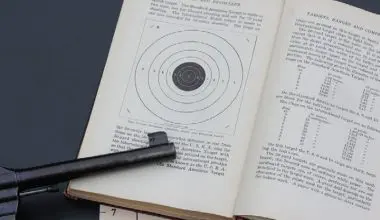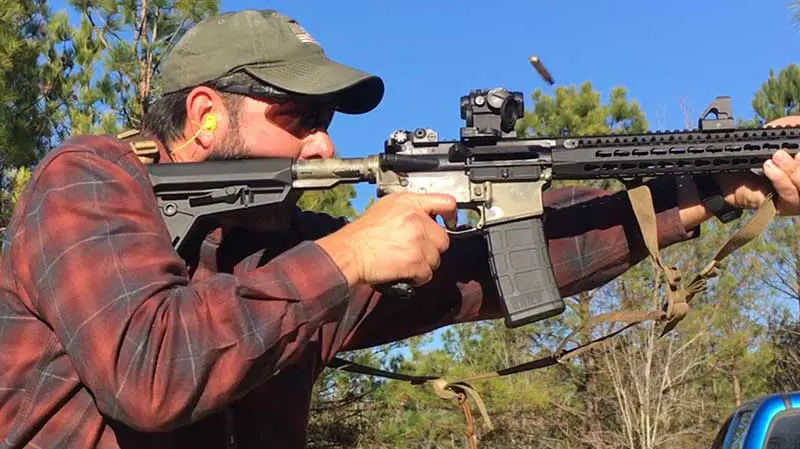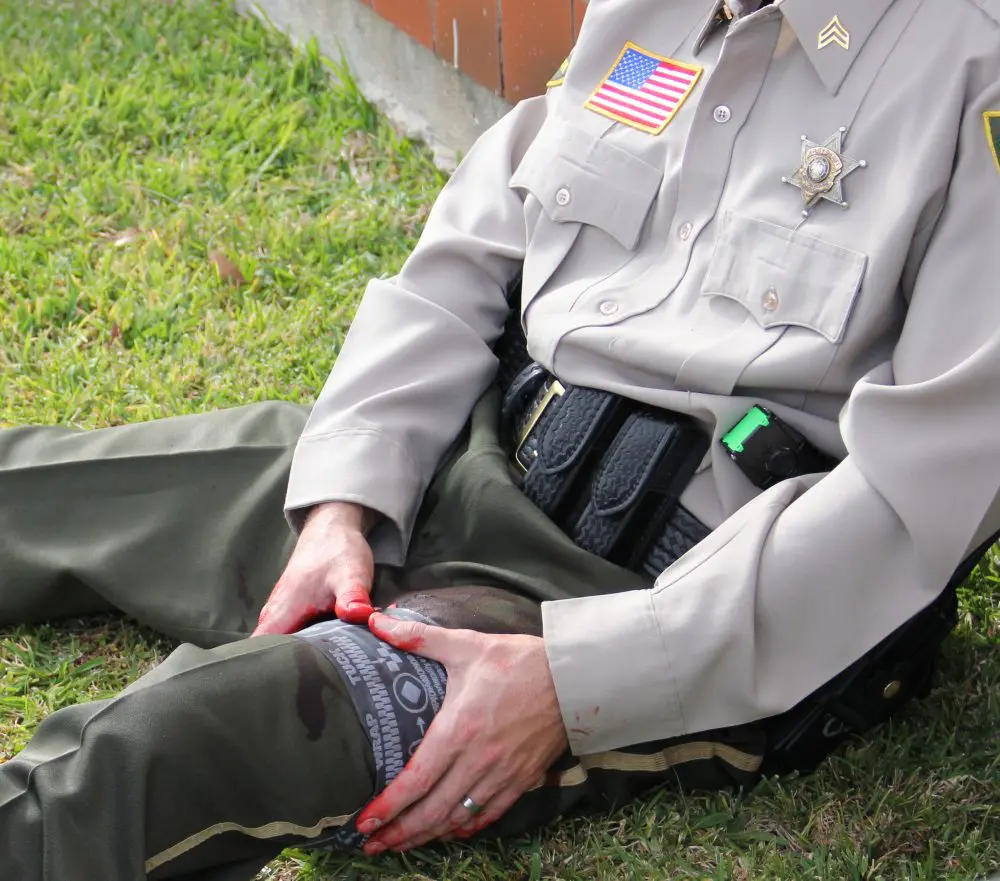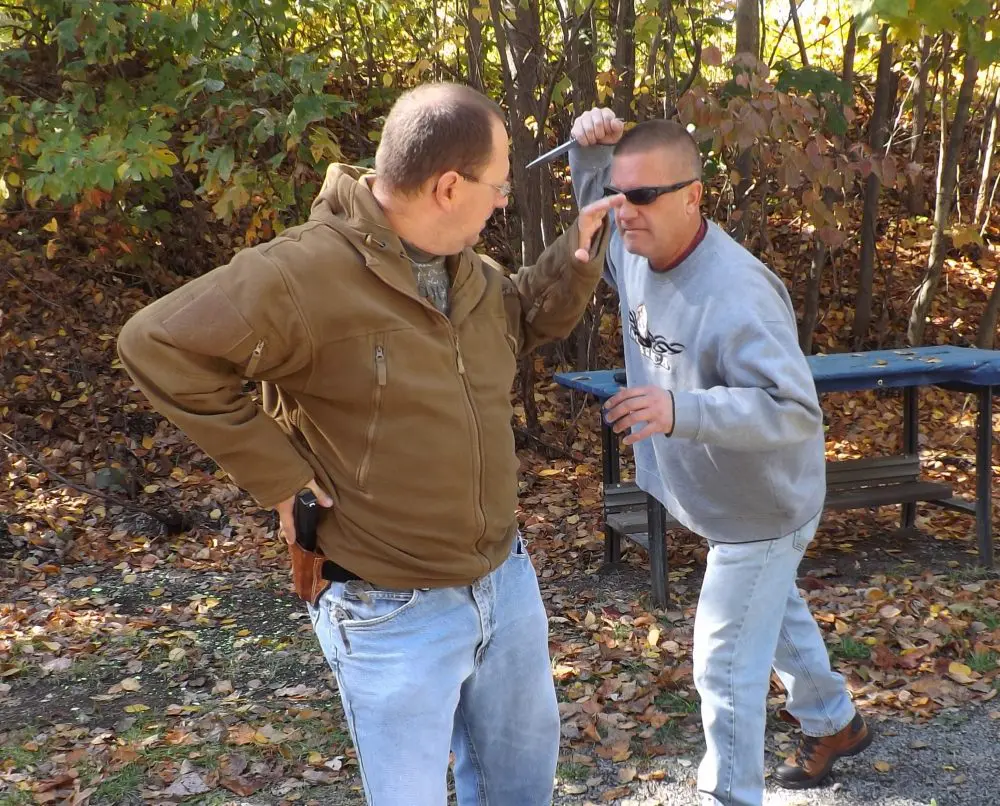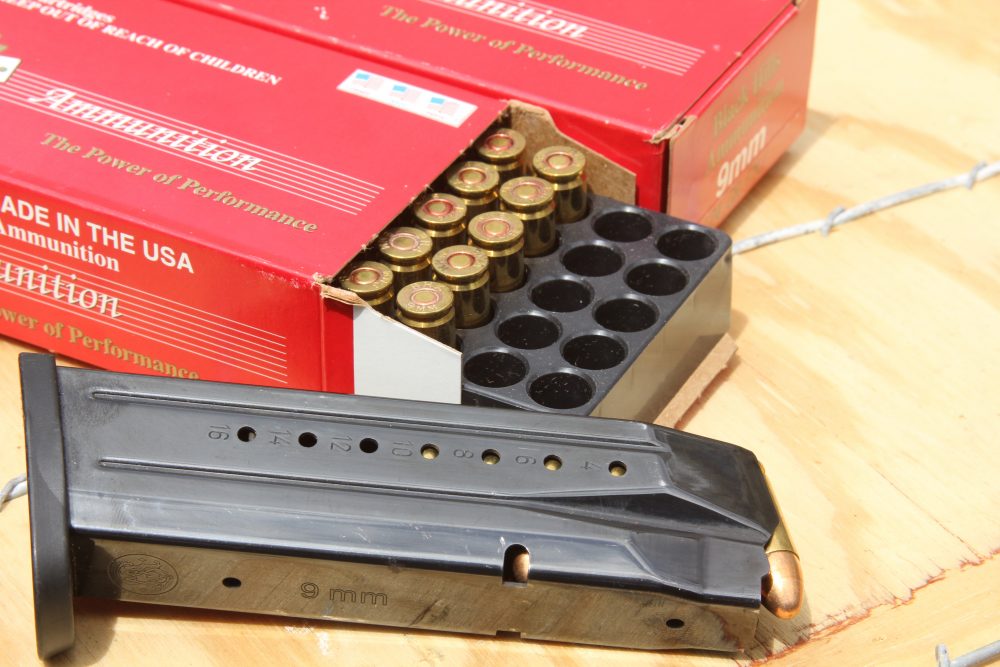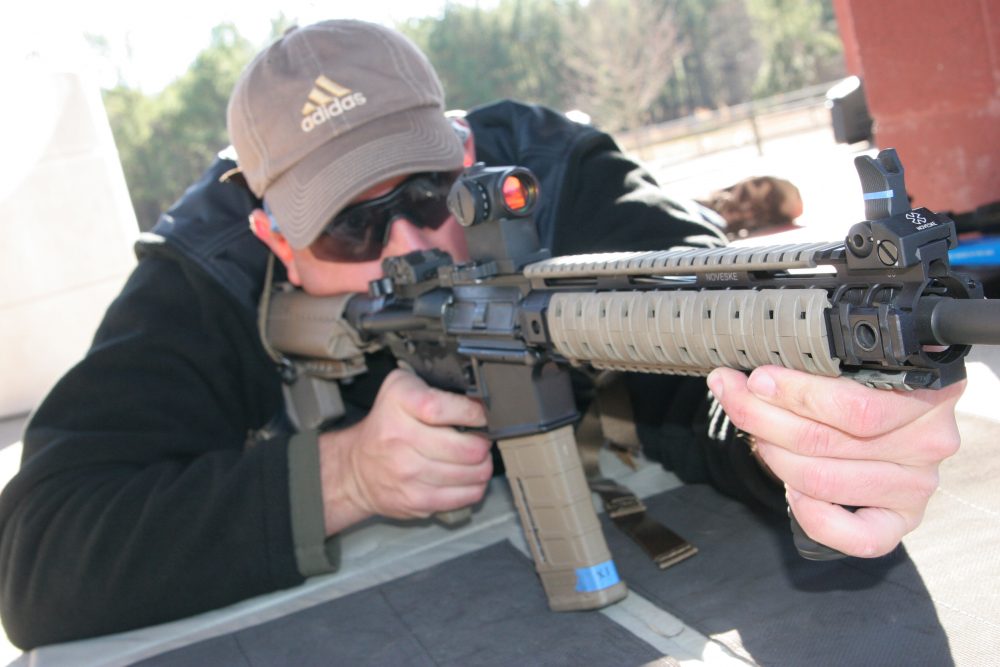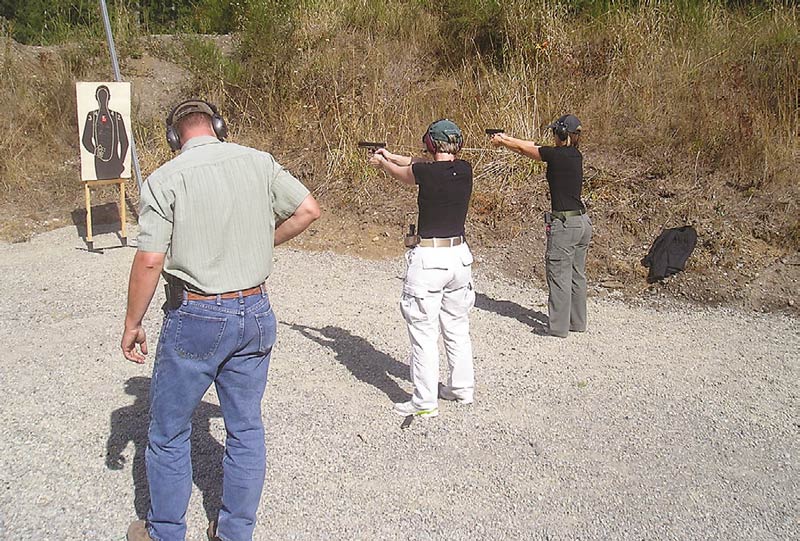
IT seems that in order to sell anything anymore, it is necessary to attach the word “tactical” to it, whether it be classes on using defensive firearms (Tactical Pistol, Tactical Rifle) or the various items that are marketed for the self-defenseminded individual, e.g., tactical belts, tactical holsters, tactical ammunition, tactical vests, tactical pens, tactical lights, ad nauseam.
It’s become as clichéd as attaching the moniker of SWAT, Special Forces, or SEAL Team 6 to the gold-plated golf tees someone is trying to peddle on an unsuspecting public.
With all 50 states now having some form of concealed carry permit system (though in some states they are almost impossible to obtain), along with the criminal and terrorist threats that exist, the market for self-defense equipment and training is growing every day.
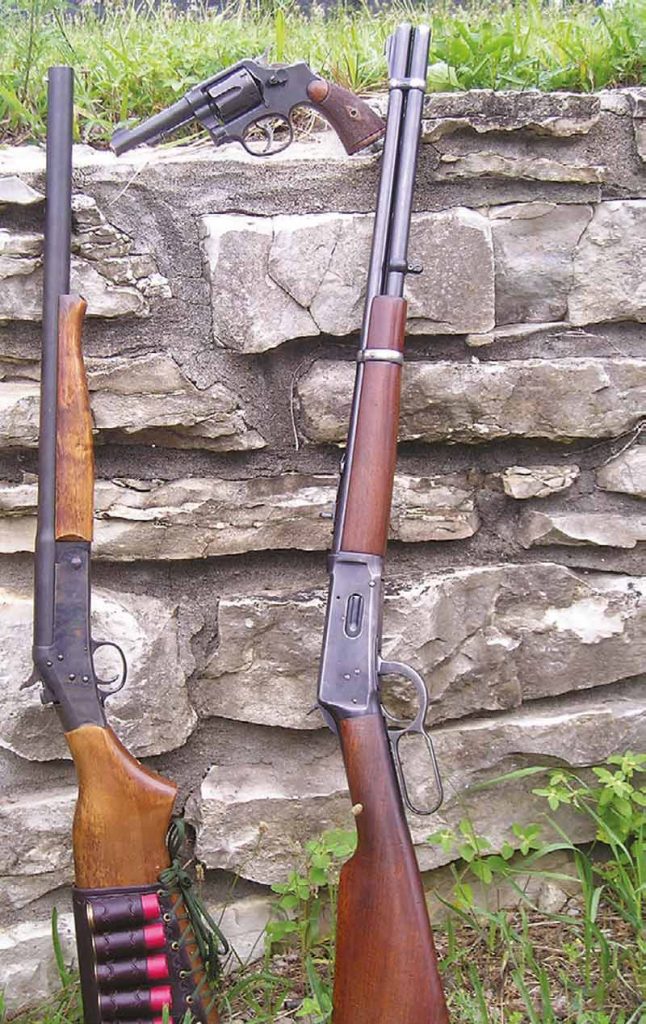
Everyone involved has to try to stand out from the pack in order to get their name in front of potential clients. But unfortunately for the new shooters coming into the fold, they are greeted with a bewildering array of marketing slogans and eye-catching advertisements.
From the magazine covers on the newsstand screaming “TACTICAL!” to the YouTube videos of every Tactical Tom, Demo Dick and Hardcore Harry who read one book on tactics and had an epiphany: this “tactical” business is the only way to go. And if your gun, holster, flashlight and training class don’t have “tactical” as part of the name, you’re doomed to die a horrible flaming death (or at least go out of business having made no market impact) because you weren’t “tactical” enough!
Table of Contents
IT GETS BETTER
The good news is that tactical isn’t always the way to go, and that for the majority of products, it’s a word used simply as a marketing tool. For a large number of people, the thought of taking any kind of what we consider tactical training is incredibly foreign, and in some cases turns people off. “Tactical” conjures up images of black-clad police officers kicking in the front door of a drug house while flash-bang grenades go off inside, or a squad of soldiers patrolling the streets of Baghdad.
All this is far removed from the thought of defending the family down the hallway at 3am, or in the Walmart parking lot facing Mongo the ex-con who’s been out of prison for three days. The tools and training used by law enforcement and the military are in many cases not needed or necessary for a lot of defensive shooters.
What makes a firearm, training class or piece of equipment “tactical”? Is the amount of black on it, the obligatory camo paint job, or the accessories bolted onto every available square inch of it necessary for it to be considered tactical enough?
Does it have the name of a famous training school or legendary military unit emblazoned on it? For new shooters who want to defend themselves and their family, and sometimes even for experienced shooters, trying to figure it out makes you want to put duct tape around your head to keep it from exploding!
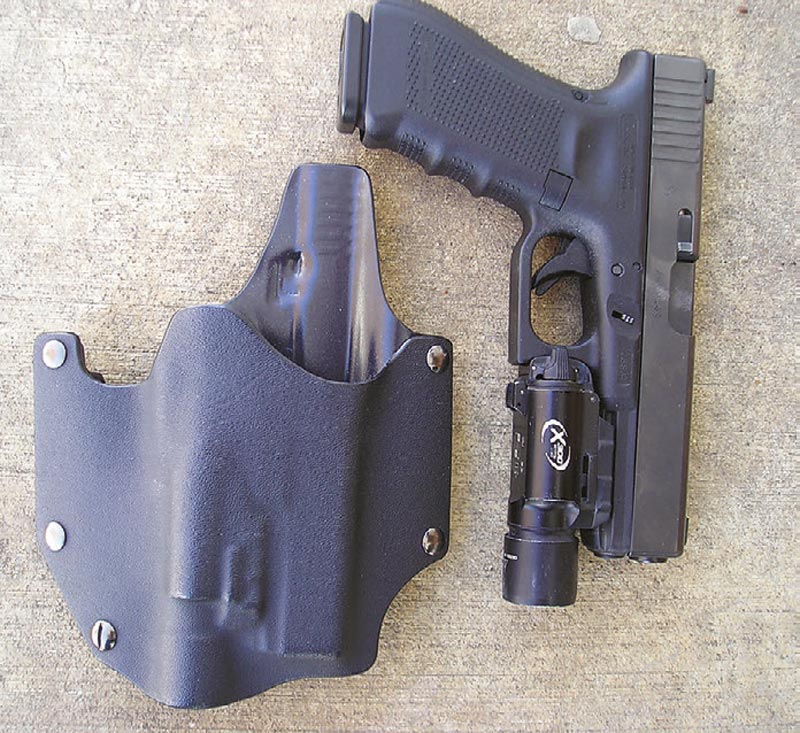
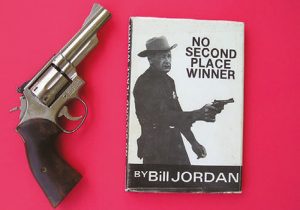
“TACTICAL” MAY MEAN QUALITY
Certainly, the word “tactical” differentiates how well-made some equipment is from others on the market. Good examples are the SureFire and Elzetta lines of flashlights, to name just two. They are designed for prolonged arduous use and are light years away from the plastic job you buy at the drugstore to keep in your kitchen drawer.
And while many consider Glock semiautomatic pistols the best things going, the company doesn’t exclusively market them as “tactical” pistols, even though they are used by many military and law enforcement units.
So while tactical does sometimes actually mean what it says, most often it is used as a marketing tool by a company selling sporting equipment dressed up or down, depending on how you look at it.
Do you need a “tactical” rifle or “tactical” holster to defend yourself or your family? Obviously not, since people have been defending themselves with non-tactical guns and holsters for a very long time. I don’t think the settlers on the frontier considered the double-barreled shotgun, lever-action rifle, or single- action revolver “tactical,” but there’s not much difference between then and now. We’re still concerned with taking care of our homes and families.
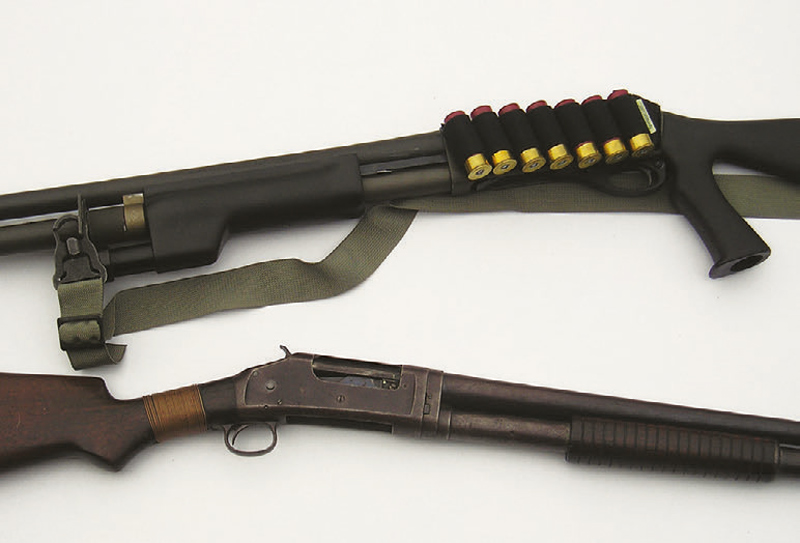
The other problem with things labeled tactical is that they tend to be more expensive. Hey, if it costs more, it must be better, right? Unfortunately, the only thing better in many cases is the manufacturers’ bank account after they’ve foisted their spray-painted plastic crap onto someone who was honestly looking for a better piece of equipment.
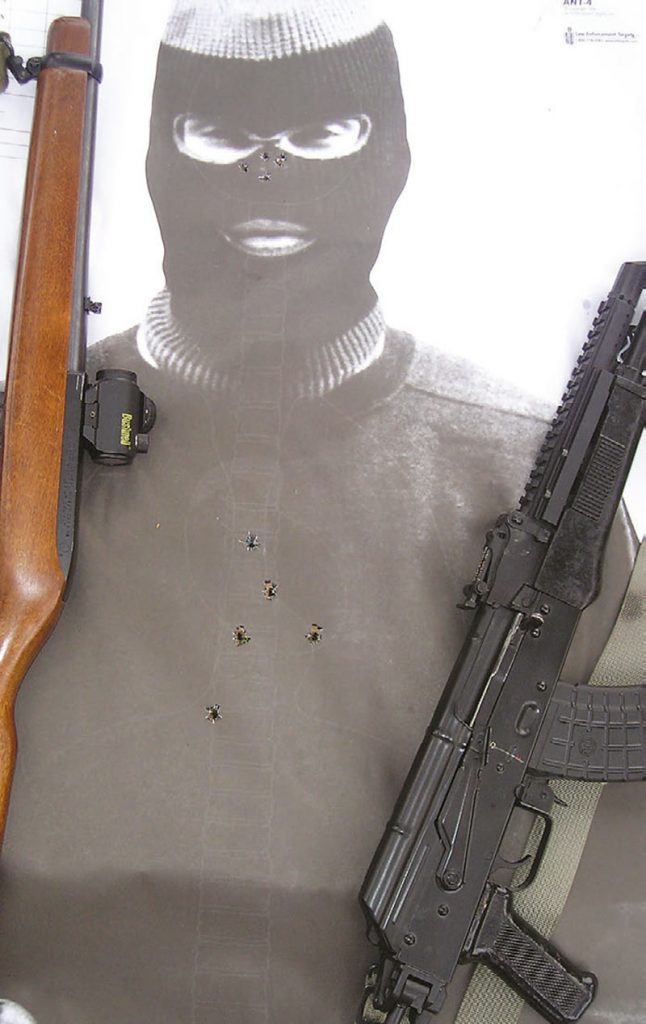
On the other hand, don’t be a cheapskate and try to get by with something that looks “as good as” the real thing. There is a reason that Aimpoint red dot sights, Leupold scopes, and good flashlights cost what they do. You’re paying for quality, durability under extreme conditions, absolute reliability, and customer service.
SETTING SOME STANDARDS
Does having a weapon-mounted light on my pistol and carrying it in a thigh holster make it “tactical”? What if I carry the same gun in a hip holster as my concealed carry gun? Where do we draw the line?
Well, we can stop using what LAPD SWAT or Delta Force is training in as the standard. Both units are the best at what they do, but it’s important to remember that they do the work every day. That’s their job! You need to define what your needs are and plan accordingly.
By that measure, do you really need a $2500 AR-style rifle with a $700 optic on it? Maybe, maybe not. If you spend 51 weeks of the year in a cubicle and one week at “combat commando” school learning how to kick in doors, kill paper bad guys, blow up buildings, and shoot from moving cars, what have you done for yourself except go on a mancation?
I’m all about going and doing the fun classes where we get to shoot a lot. I’ve been to them and I’ve taught them. But if you don’t have the basics down, none of that counts. How about going somewhere and learning the basics of defensive shooting, like drawing from the holster safely, shooting and moving, reloading under stress, and clearing malfunctions—things you might actually have to do in the real world?
Don’t let “tactical” make or break your choices. It’s not the gun that makes the difference—it’s the armed and trained defender behind the gun. Make an honest evaluation of yourself and your own personal situation. Use logic and good old common sense when selecting your defensive firearms, equipment and training. No one knows you better than you, so keep that in mind.
